With the exception of its eastern and western ends, most of
northern Greece constitutes the historical region of Macedonia, roughly
contiguous to the Greek city state of that name that became powerful and
expansionist in the fourth century B.C. under King Phillip II and his son
Alexander the Great. While the Athens and Peloponnese-based Classic Greek
cultures of the fifth century B.C. and earlier are called Hellenic, that which
relates to the era of Macedonian dominance is called Hellenistic.
The name Macedonia has been surprisingly controversial in
recent decades since Yugoslavia broke up and the southernmost nation that
emerged from it calls itself Macedonia. That country has a majority Slavic-speaking
population, but Slavs didn’t enter the region until a millennium after the golden
age of Ancient Macedonia. Greece insists
that Macedonian Empire was culturally Greek and feared the new national calling
itself Macedonia had some designs on the parts of Greece just south of it. After decades of objecting to it using the
name Macedonia, Greece finally agreed to country officially taking the name of
North Macedonia.
Between Meteora and Thessaloniki, I stopped at two of the
archaeological sites of Ancient Macedonian cities – Dion and Aigai. Located within sight of Mount Olympus, the
highest mountain in Greece and legendary abode of the 12 great gods, the
ancient Macedonian city of Dion was a sanctuary for the worship of Zeus.
Although a religious center, Dion is also where Phillip II and Alexander the
Great celebrated their victories, and Alexander assembled his armies and
performed sacrifices on the eve of his campaign to Asia in 334 BC.
Dion is not as well known or as heavily visited as the other
ancient Macedonian sites, maybe because it hasn’t been awarded UNESCO World
Heritage status. The archaeological park is quite widely spread out and often
felt like I was the only one around during the time of my visit.
Aigai is located a little farther north near the modern town
of Vergina. It was the original capital of Macedonia before it was transferred
to Pella but remained the burial place of Macedonian kings, including Phillip
II.
Since 1996 Aigai has been a UNESCO World Heritage site.
The site at Aigai consists of three parts – the Archaeological
Museum, the Palace Complex, and the Museum of the Royal Tombs at Aigai. The Palace
of Agai is said to be the largest building of Classical Greece and the place
where Alexander the Great was proclaimed king in 336 B.C. Supposedly, it opened
to the public in January 2024 after a 16-year restoration but was not open when
I was there.
The Museum of the Royal Tombs is highly impressive, however.
The museum was constructed underground in the 1990s to create a space
resembling the tumulus burial tombs used by the ancient Macedonians. Inside there
are four connected areas representing burial clusters, including the tomb of
Phillip II and those of several other royals.
Outside of the recreated tombs, a amazing treasury of royal artifacts
that were found in them is displayed.
The admission price at Aigai was a somewhat steep 15 Euros, but the site
was well worth it.

 Vergina, Greece
Vergina, Greece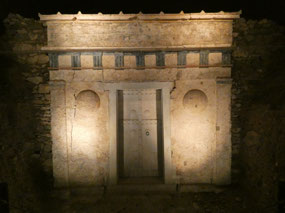
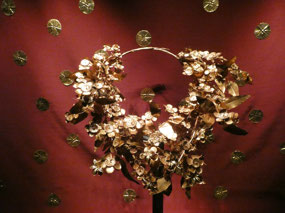
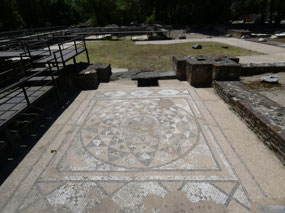


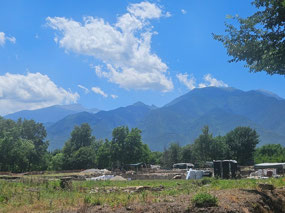
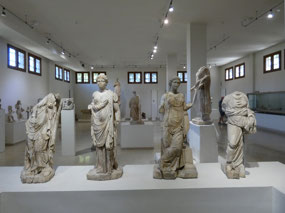
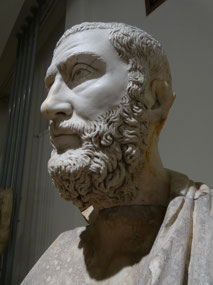
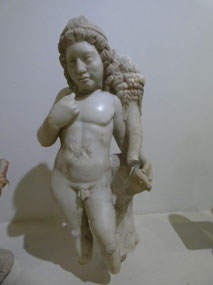
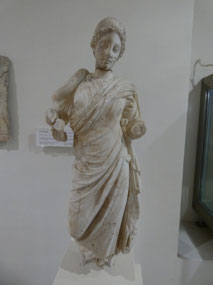
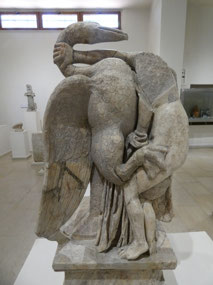
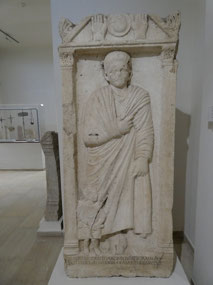

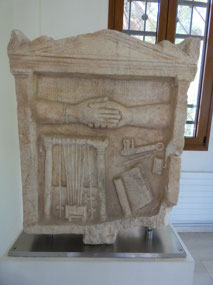

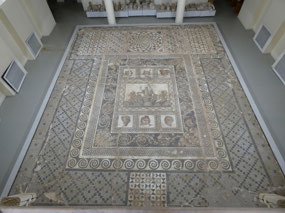
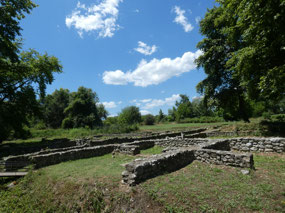
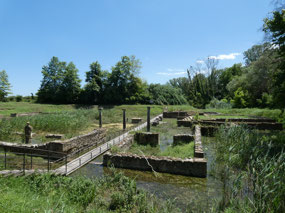
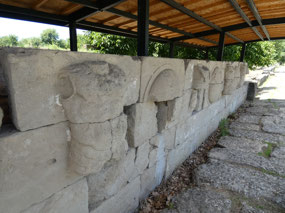
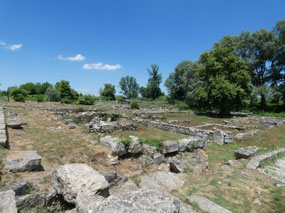
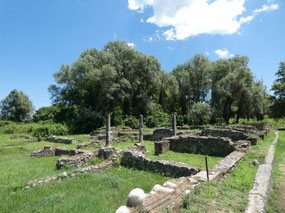
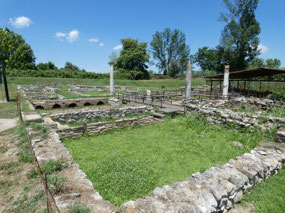
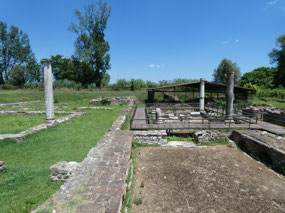
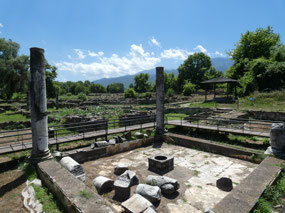
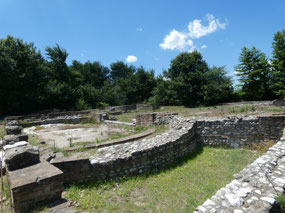
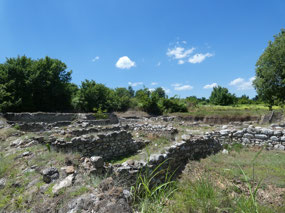
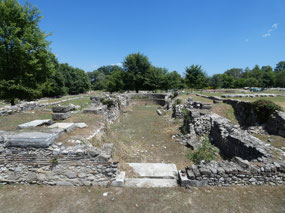
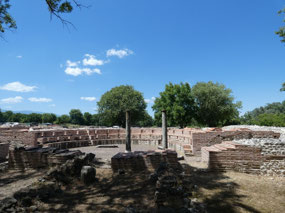
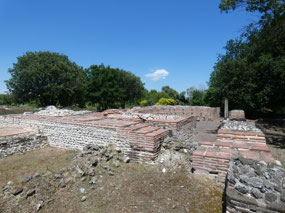
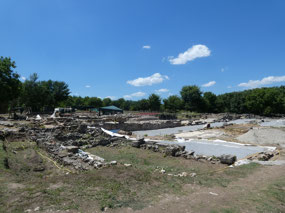
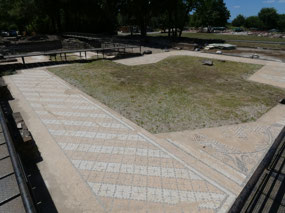


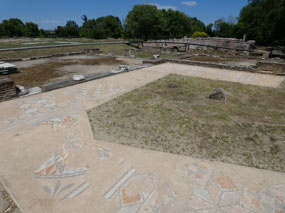
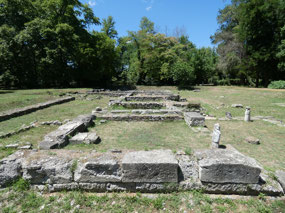
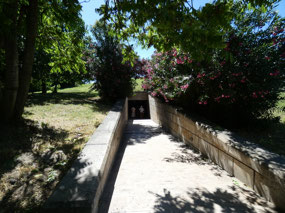
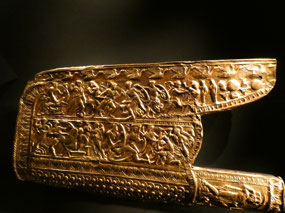

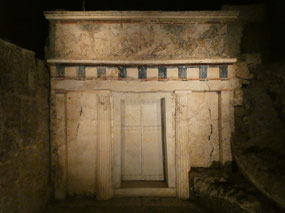
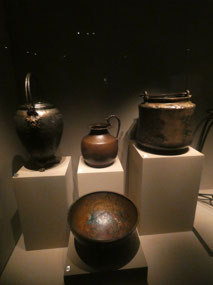
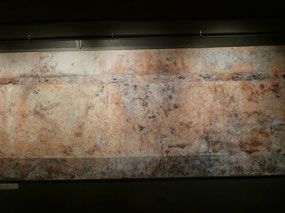
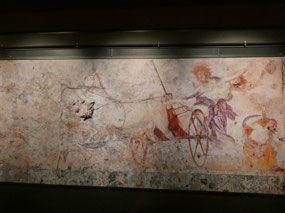
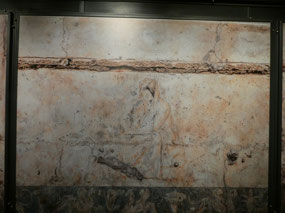
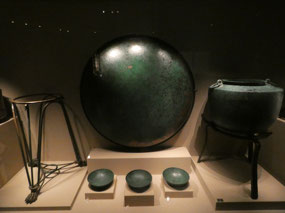
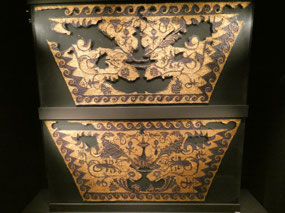
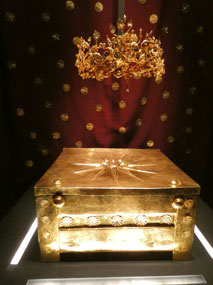
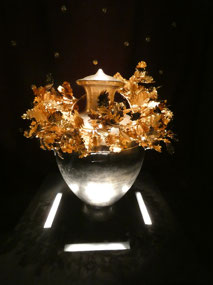
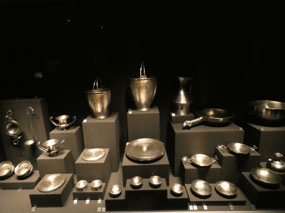
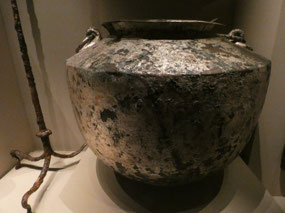
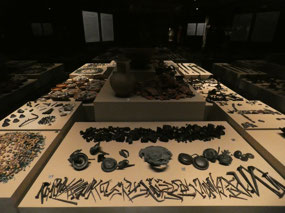
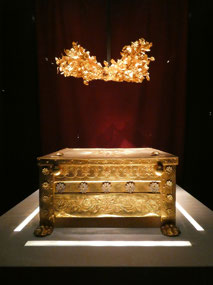
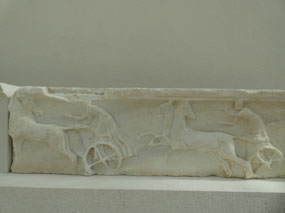
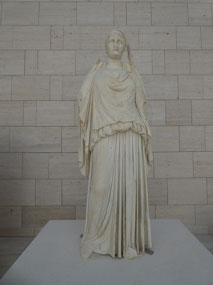
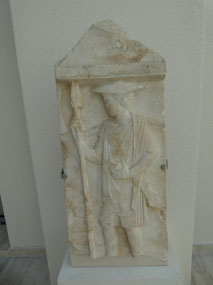
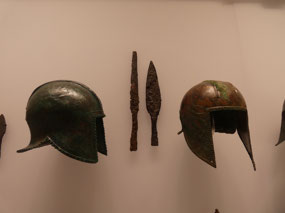
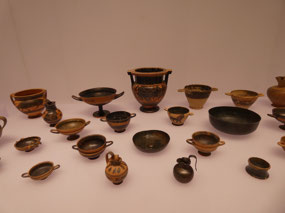
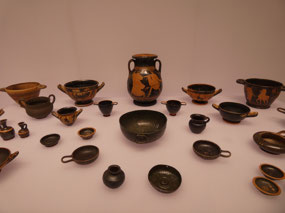
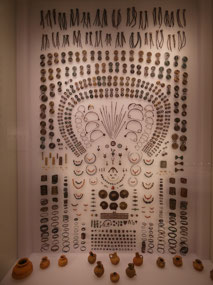
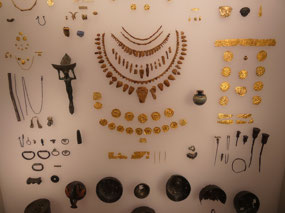
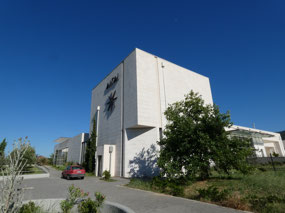
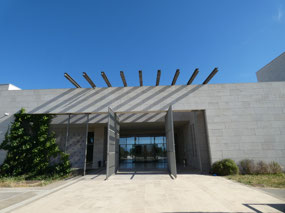
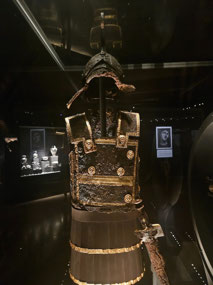
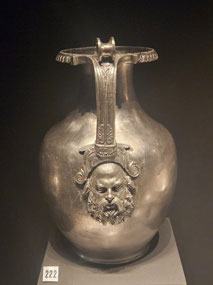
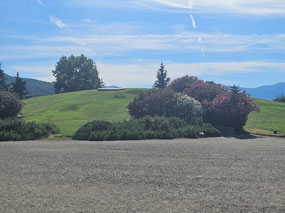
2025-05-23